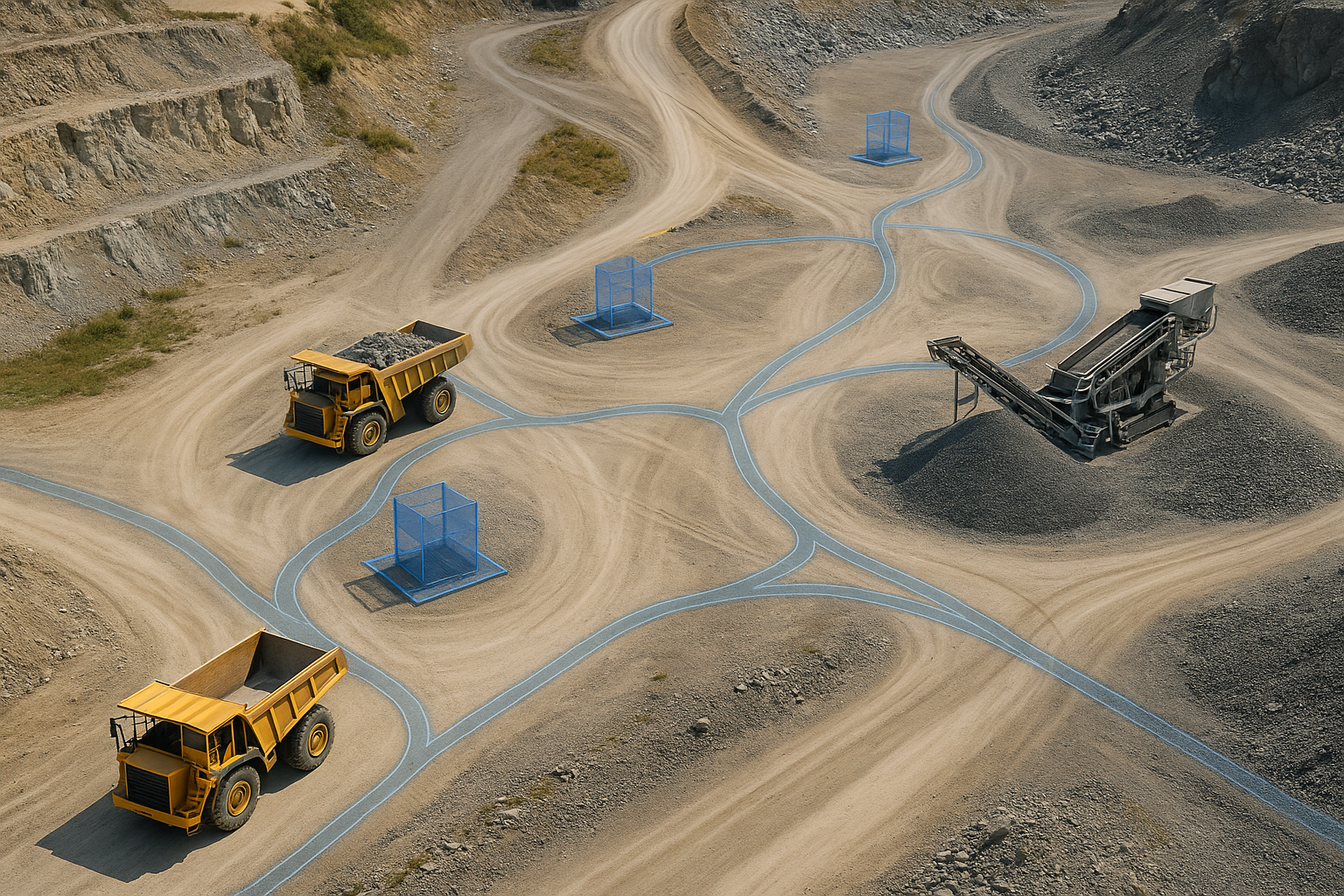Digitalization in mining surges globally but adoption remains uneven
Globally, the mining sector has adopted digital technologies at a rapid pace. Sophisticated tools like digital twins, predictive analytics, and real-time monitoring are being used to streamline logistics, enhance safety, and minimize environmental impact. These technologies allow for virtual replicas of physical processes, making predictive maintenance and resource optimization possible.

The global mining sector is rapidly moving toward Industry 4.0, but the gap in digitalization between technologically advanced and emerging mining markets is becoming increasingly visible. A new study titled “Transport System Digitalization in the Mining Industry”, published in Sustainability (2025, Vol. 17, Article 6038), provides a comparative analysis of digitalization levels in mining operations worldwide and within Slovakia.
The research underscores how international players are leveraging cutting-edge technologies such as digital twins and real-time simulation to streamline logistics and reduce operational risk, while smaller mining enterprises, particularly in less digitized economies, continue to rely on basic tools.
How does Slovakia's mining sector compare to international digitalization efforts?
Globally, the mining sector has adopted digital technologies at a rapid pace. Sophisticated tools like digital twins, predictive analytics, and real-time monitoring are being used to streamline logistics, enhance safety, and minimize environmental impact. These technologies allow for virtual replicas of physical processes, making predictive maintenance and resource optimization possible.
Slovakia, on the other hand, remains at an early stage of digitalization in its mining industry. While international operations are moving toward full-scale digital twins, Slovak mining companies have so far limited their efforts to basic simulation techniques. The few published Slovak case studies on simulation and modeling mostly originate from the Technical University of Košice and employ relatively simpler tools such as ExtendSim and MATLAB/Simulink. No evidence currently exists of digital twin implementation in Slovakia’s mining sector.
Despite this lag, Slovakia ranks third in Eastern Europe for overall business digitalization, excelling in ERP systems and e-invoicing. However, mining has remained peripheral in national economic policy, leading to underinvestment and limited innovation in digital infrastructure. This disconnect suggests a need for targeted strategies to introduce and scale digital tools in Slovak mining operations.
What simulation approach was used in the Slovak case study, and what does it reveal?
The study developed a digital model of logistics operations at a medium-sized Slovak open pit mine using Tecnomatix Plant Simulation 2302 and SimTalk 2.0 programming. The model focused on the mine's initial transport phase, from extraction benches to the primary crusher, an area that had not yet been digitized.
Empirical data, including road dimensions, vehicle specifications, load timings, and terrain conditions, were collected through drone mapping and on-site measurements. Using this data, a scaled 3D simulation model was constructed, accounting for truck types, their speeds, loading/unloading rates, and road avoidance logistics due to narrow terrain.
The model not only replicated real operational behaviors but introduced conditional routing at intersections and advanced safety controls. For example, SimTalk scripts governed truck behavior to prevent collisions at bottlenecks and ensured operational safety by managing wait times at avoidance spots. Realistic constraints, such as hopper capacity and loading limits, were also factored into the model.
Verification tests showed the model closely mirrored real-world transport times, with slight deviations primarily due to enhanced safety measures. Experiments revealed that a two-truck configuration delivered optimal performance for the crusher's 40-ton operational capacity, processing an average of 179 tons of material per hour. Adding more vehicles resulted in marginal throughput gains but increased idle time, making them inefficient for the current scale.
Furthermore, the model proved responsive to external factors such as weather. A simulation of rain-induced speed reduction to 7 km/h showed a drop in throughput to 143 tons per hour and increased idle times, confirming the model’s robustness in dynamic conditions.
What are the broader implications for Slovakia's mining digitalization?
The study shows that even modest-scale Slovak mining operations can benefit substantially from digital tools without the need for expensive, large-scale digital twin systems. The simulation model offers a practical and accessible entry point into digital logistics management.
The total investment required for implementation, including a Tecnomatix license, a suitable computer, and a trained staff operator, is moderate and feasible for small enterprises. Additionally, the model can be scaled or adapted to other mines by modifying its control segment and input data.
Beyond logistical optimization, the model holds potential for quantifying sustainability metrics such as fuel consumption and CO₂ emissions, particularly if integrated with data from external haulage providers. This feature could support broader environmental monitoring efforts, especially as Slovakia faces growing regulatory pressure on mining impacts.
Importantly, the case study highlights the need for more proactive stakeholder involvement. The mine management's limited engagement and lack of collaboration with transport providers were cited as obstacles to further development. Strengthening partnerships and promoting the model's benefits across the sector could facilitate wider digital adoption.
Future research, as the authors envision, will expand the model’s scope to include optimization algorithms and sustainability indicators, while also promoting its use as a template for other Slovak mining firms. Even incremental steps toward digitalization can yield significant efficiency, safety, and environmental gains.
- FIRST PUBLISHED IN:
- Devdiscourse










